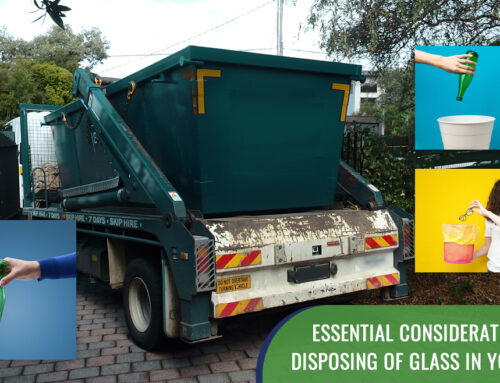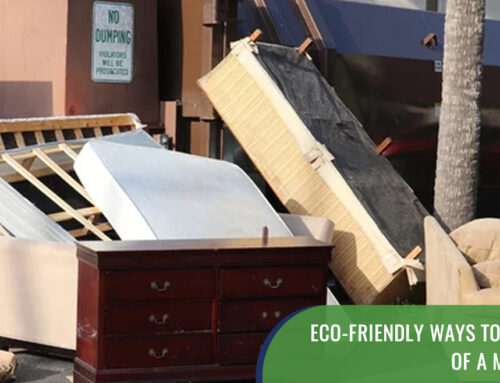If you are planning for a big clean out or renovation, planning for skip hire in advance is always helpful. The best way to manage all the waste effortlessly is by calling a skip service.
If you are not sure about the size of skip to order, do not worry, you are not alone.
Here, we will see a simple guide that will help you choose an appropriate skip size.
Why is skip size important?
Skip sizes are available in cubic yard form. This is the volume of waste the skip can contain. The rates depend on the volume of the skip hire.
Now, if you select a smaller size, you probably have to order for the next one, this will ruin your time and money. If you end up ordering a large size, you will spend more for unused space. Choosing the right dimension will save your time and money both.
Guide to choose Skip
Firstly, know the type of waste being handled. Segregate the waste that is not permitted in the skip. Few examples are electrical items, paint, plasterboards, and asbestos.
If you had a small house or garden renovation, a 6-yard skip size will be ideal. The volume is equivalent to 30-50 bin bags.
If the waste is a product of a large kitchen or Home refurbishment, an 8-yard skip size will be appropriate. This is also equivalent to 60-80 bin bags.
If you had a full house/ office declutter, in such cases 12- or 14-yard size is suitable based on the bulk. Normally 6 to 14-yard size is preferred for domestic purposes.
20-, 30- and 40-yard skip sizes are used in construction sites. The option of roll and non-roll type is available in these size charts.
What if I order the wrong skip size?
Ordering a wrong skip size is very natural, even if you do there is an extendable policy of skip hire company. The dates can be extended to dispose of more waste until it is filled.
Few top-up tips while hiring skips
- Never overfill skip
The skip should never be filled beyond the rim. Prefer the skip accordingly. The overfilled skips are not accepted because of some weight restrictions. Additionally, they pose a danger in transportation. - Assemble the waste at a spot
Accumulating the waste in an accessible spot will help you to know the exact bulk of the waste. This will benefit to choose the skip size.





